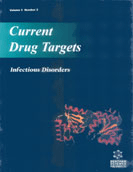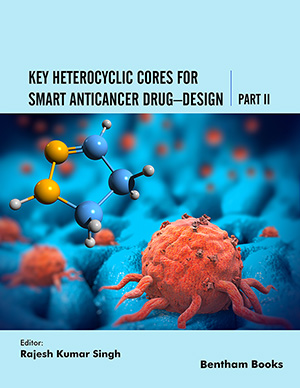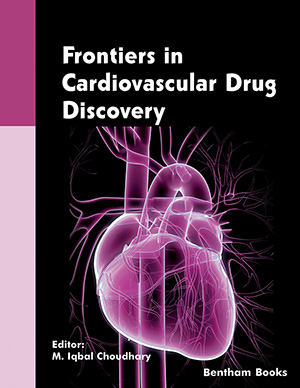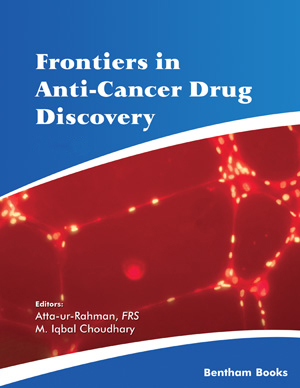
Abstract
Alzheimers disease, the most common neurodegenerative dementia in the elderly, affects cognition, behavior and functioning, and a prominent neuroinflammatory component likely contributes to disease pathogenesis. The epidemiology of AD has previously shown that NSAID use decreases the incidence of AD, and evidence from tissue culture, in vivo models, and Alzheimer brain tissue studies indicate that inflammation in AD is mediated by the production of proinflammatory molecules, leading to microglial activation and neuronal damage. Preliminary clinical drug trials of anti-inflammatory agents, such as indomethacin, suggest slowing of cognitive decline in AD, further supporting a role for inflammation. The basic mechanisms underlying the AD neuroinflammatory cascade, which might accelerate the development of AD neuropathology, are poorly understood, but several recent studies implicate a number of established signaling pathways in this process. Microglial activation might involve beta-amyloid binding and activation of cell surface immune and adhesion molecules such as CD45, CD40, CD36 and integrins, with the subsequent recruitment of Src family tyrosine kinases such as Fyn, Lyn and Syk kinases. ERK and MAPK pathways are then activated, which induces proinflammatory gene expression and leads to the production of cytokines and chemokines. These molecules may then contribute to synaptic pruning, damage and loss, while TNFα can induce neuronal apoptosis and injury. The production of interleukins and other cytokines and chemokines also may lead to microglial activation, astrogliosis, and further secretion of proinflammatory molecules and amyloid, thus perpetuating the cascade. Simultaneously, direct neuronal injury from amyloid-induced signaling also contributes to neurodegeneration. Of clinical relevance, components of these pathways may be suitable targets for therapeutic modulation in AD and for the development of novel disease-modifying anti-inflammatory therapy.
Keywords: alzheimers disease, neurodegeneration, tyrosine kinase, src kinase family, cell signaling, inflammation, therapy, microglia, astrocyte
 16
16






















